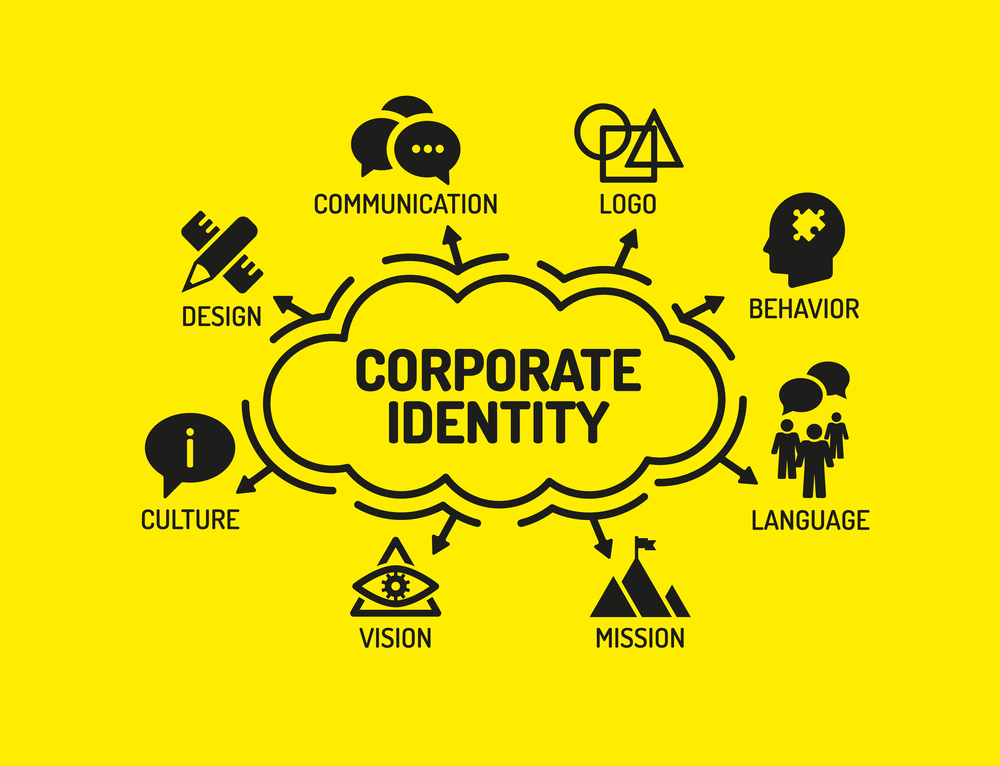
.1 Brand Aesthetics: The Evolution of Visual Identity.1 Brand Aesthetics: The Evolution of Visual Identity In the realm of marketing, brand aesthetics has emerged as a pivotal component, shaping the visual identity of businesses and influencing consumer perceptions. The evolution of brand aesthetics mirrors the changing landscape of marketing strategies and the increasing importance of visual communication. Early Approaches to Brand Aesthetics Traditionally, brand aesthetics focused on creating a consistent visual identity across all touchpoints, including logos, packaging, and advertising. The goal was to establish brand recognition and differentiation. This approach relied on timeless elements such as typography, color palettes, and imagery that would resonate with the target audience. The Rise of Visual Storytelling As technology advanced, brands began to incorporate storytelling into their visual aesthetics. Visuals became more immersive and engaging, evoking emotions and connecting with consumers on a personal level. The rise of social media and digital marketing platforms further accelerated this trend, as brands sought ways to capture attention in fleeting online spaces. Digital Aesthetics and User Experience The digital era has significantly influenced brand aesthetics. The design of websites and mobile apps has become increasingly important, with a focus on user experience and accessibility. Brands have embraced扁平化设计,animated elements, and interactive content to create visually appealing and functional digital spaces. Purpose-Driven Aesthetics In recent years, brands have increasingly aligned their aesthetics with their core values and mission. Purpose-driven aesthetics emphasize environmental sustainability, social responsibility, and inclusivity. Brands are using visually compelling ways to communicate their commitments and appeal to consumers who seek authenticity and alignment with their own beliefs. Personalization and Customization The rise of personalization has transformed brand aesthetics. Consumers are now demanding tailored experiences, and brands are responding by creating personalized visual identities. This includes using user-generated content, adaptive designs, and AI-powered recommendations to provide tailored visual experiences. The Future of Brand Aesthetics As technology continues to evolve, brand aesthetics will continue to adapt and innovate. Artificial intelligence and immersive technologies will play an increasingly significant role in shaping visual experiences. Brands will need to embrace emerging trends while remaining true to their core values and the needs of their target audience. In conclusion, the evolution of brand aesthetics reflects the dynamic and ever-changing nature of marketing. By embracing visual storytelling, digital aesthetics, purpose-driven design, personalization, and emerging technologies, brands can create visually compelling and impactful visual identities that connect with consumers on a deeper level and drive business success.
Posted inNews